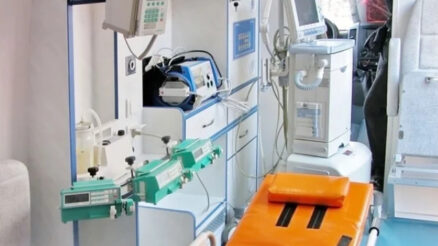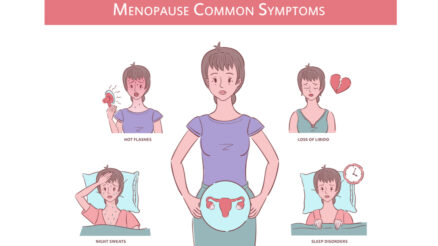Mental health providers must be proficient in writing SOAP (Subjective, Objective, Assessment, Plan) notes to properly record client contacts and treatment progress. These notes help healthcare practitioners communicate more easily, record important information in an organized manner, and guarantee continuity of treatment. This post will go over the essential elements of making SOAP notes for mental health and offer helpful hints for producing thorough and accurate records.
Understanding the SOAP Note Format
Subjective, Objective, Assessment, and Plan are the four primary components that make up a SOAP note format. Every segment has a distinct function in recording client interactions and therapy strategies. Information supplied by the client, such as symptoms, worries, and experiences, is included in the subjective portion. Measurable and observable data from tests, observations, and evaluations are included in the objective portion. To create a diagnosis or treatment plan, the doctor must analyze and evaluate both subjective and objective data in the evaluation portion. The plan part concludes by outlining the goals, tactics, and interventions for meeting the client’s needs.
Gathering Subjective Information
It’s critical to get comprehensive information on the client’s symptoms, opinions, and emotions directly from them while composing the subjective portion of a SOAP note. Encourage clients to speak freely and offer context for the difficulties they are presenting by asking open-ended questions. Record all pertinent medical, psychological, social, and familial history for the client, along with any recent events or stresses that may have contributed to their present state of health.
Documenting Objective Findings
Record objective data gathered from evaluations, observations, and inspections in the SOAP note’s objective section. Provide details about your vital signs, physical exam results, mental status exam results, and any outcomes from any standardized assessments. Whenever feasible, include quantitative metrics in your documentation to correctly reflect the client’s current condition and development over time. Be clear and comprehensive in your writing.
Creating the Evaluation
In the assessment portion, professionals examine both subjective and objective data to create a diagnosis or treatment strategy. The information must be synthesized, patterns or trends must be found, and therapeutic decisions must be made using standards for evidence-based practice. Give a clear explanation of the results of your examination, your differential diagnosis, or your treatment objectives, together with the reasons behind your choices.
Developing the Treatment Plan
The actions, tactics, and objectives for resolving the client’s requirements as determined by the assessment are described in the plan section. Work together with the client to create a personalized treatment plan that addresses their specific objectives, preferences, and strengths. Indicate which therapy modalities, approaches, or treatments will be employed, as well as how often, how long, and what the treatment should accomplish. As part of the client’s overall care plan, include any recommendations to community services or other healthcare professionals.
Maintaining Documentation Standards
Following documentation criteria is essential for maintaining compliance with legal and ethical requirements in mental health practice. Learn about the documentation specifications set out by pertinent regulatory organizations, including healthcare facilities, professional associations, and licensing boards. Observe established record-keeping procedures, which include keeping customer information accurate, timely, and secret. Review and update records regularly to consider modifications to the client’s health, treatment strategy, or advancement toward objectives.
Writing a SOAP Note
Following a systematic approach and documenting pertinent details regarding the client’s subjective experiences, objective findings, evaluation, and treatment plan are all part of how to write a SOAP note for a patient. Start by recording the client’s subjective report, which should include their main complaint, any symptoms, and any relevant details they shared throughout the session. Subsequently, document objective data acquired by evaluations, tests, or observations, emphasizing measurable metrics and pertinent clinical conclusions. Analyze the empirical and subjective facts in the evaluation section to develop a diagnosis or treatment plan, and then justify and rationalize your choices.
Conclusion
Effectively recording client interactions, monitoring treatment progress, and guaranteeing the provision of high-quality care all depend on the writing of mental health SOAP notes. Mental health workers may improve client outcomes, foster collaboration among medical professionals, and improve communication by adhering to the SOAP note style and using complete and precise recording methods. When recording sensitive material, keep in mind to put confidentiality, ethics, and ethical standards first. You should also seek supervision or guidance as necessary to guarantee the accuracy and caliber of your documentation.





